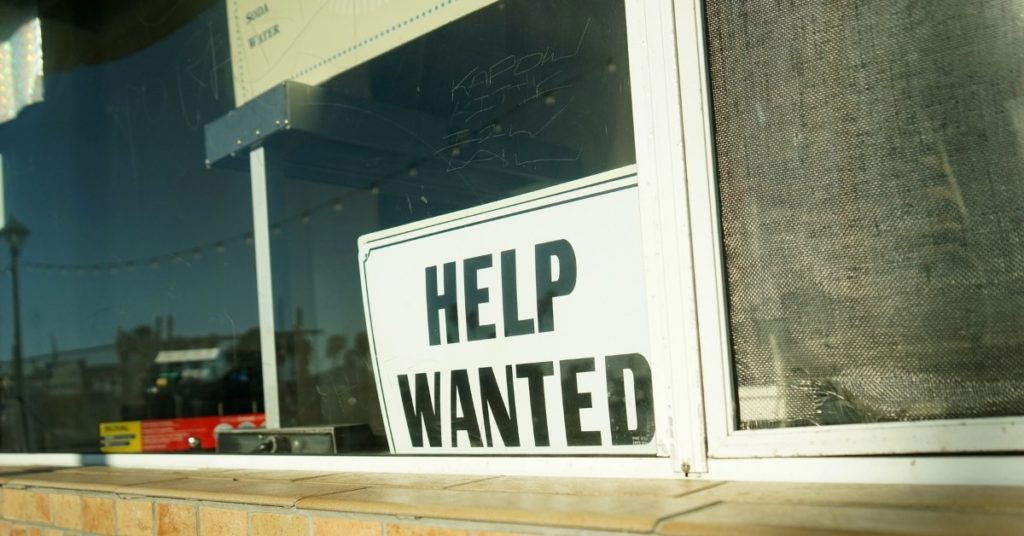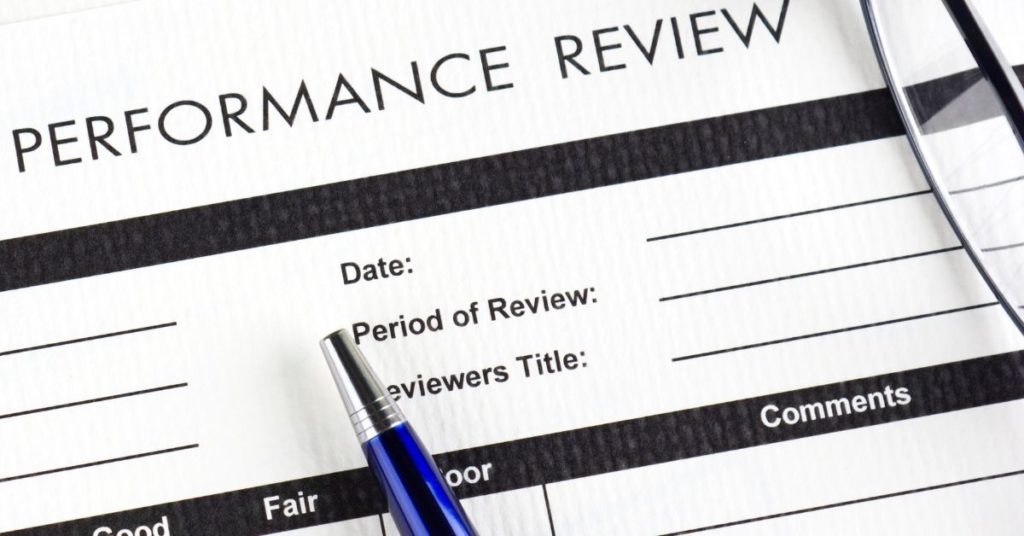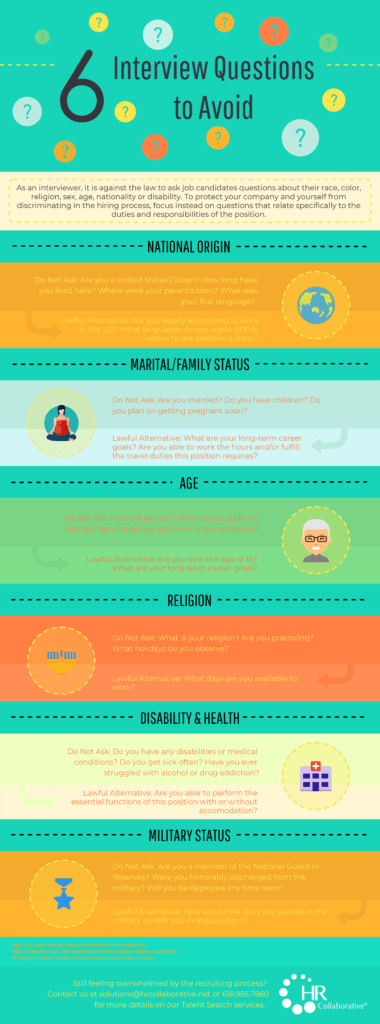Recognizing Burnout and Addressing the Root Cause

The problem: If leaders are burned out, their stress can have a cascading effect throughout an organization. Like a stressed-out parent, a stressed-out leader may have a harder time listening to others, showing care and compassion for their team’s needs, and may demonstrate irritability. So, what’s the risk? Low employee morale, disengagement, reduced productivity, and an increase in turnover – which only prolongs the cycle.
Not sure what to look for? Let’s begin with recognizing the telltale signs of burnout.
- Chronic overworking
- Low self-esteem
- Fatigue and problems with sleep
- Lack of contentment
- Mood swings, negative emotions
- Cynical or Indifferent about the work
- Health problems or dependencies on stimulants
- Aggression toward others or the opposite: avoiding contact
We know, we know. Some of these may appear extreme, but believe it or not, we’ve heard and seen it all.
The good news is that burnout is preventable. However, it takes conscious effort—and a robust support system—to hold it off, especially as an HR leader. Your workplace culture and policies have the highest impact on your potential for burnout, but there are also a few concrete steps you can take for yourself.
Wellbeing focus: Self-compassion, mindfulness, and time for self-care.
Communication: Be consistent and proactive with employee communication.
Boundaries: Leaders set the example for behavior expectations during a time out of office.
Trust: Clear priorities, keep the focus on results, allowing flexibility in work hours, settings, and approach to work.
Community: Workplace connections help employees feel supported. Think, “we’ve got you!”
Recognition: Consistently celebrating each other’s accomplishments helps employees see and value each other.
Ventilation: Frustrating moments happen. Provide an opportunity to vent, show empathy and clarify struggles and needs.
Practice what you preach and ask for help when you’re starting to feel overwhelmed. Instead of taking on everything by yourself, be clear about what you’re capable of doing and when you need extra resources or support. If or when you need it, HR Collaborative is here to help.
We recommend checking out the Ultimate Guide to Everything's take on the main types of occupational burnout.
Our Most Recent Articles

Employers to Benefit from New Kinexus Group Acquisition of HR Collaborative
The team at Kinexus Group announced today that they have officially acquired HR Collaborative, a west Michigan-based, women-led community of fractional HR professionals, to meet unmet demand and to serve more employers than ever before.
































































































